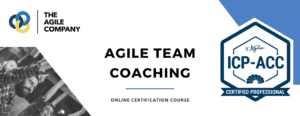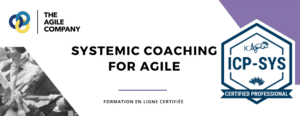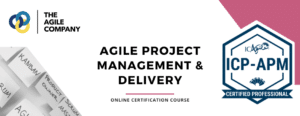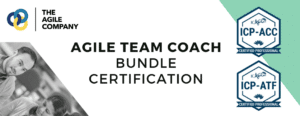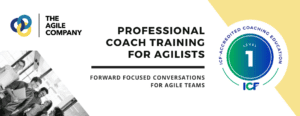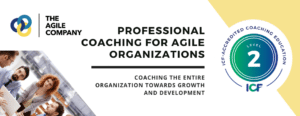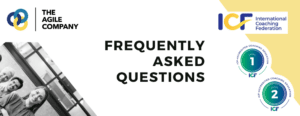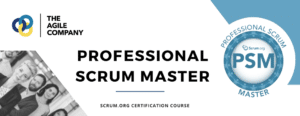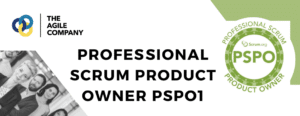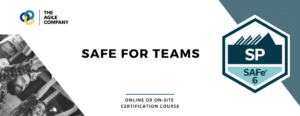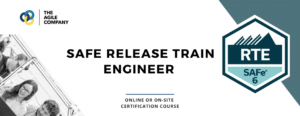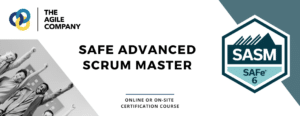Stop framing the problem; frame the person!
Today in our professional coaching class we were exploring the best ways to coach people in making a decision.
My clients will ask something like: I want to know if I should take job A or B, or choose something completely different? For a coaching conversation that usually takes 40 to 50 minutes that does not sound fair at all! This is not fair to the Coach, who now must help this person to come up with some sort of analysis of all the pro’s and cons for each direction, but also for the coachee; Your client now is pinning himself down to an important decision with perhaps a lifechanging result, talking about putting some pressure on yourself!
So what does that mean? Do we as coaches tell our clients that they can’t take a decision in our session?
Of course not. Sometimes it can be beneficial to look at pros and cons and then let the client decide, but we can do better than that! Stop coaching the problem; Coach the person! Imagine the client finds out that taking a decision with you worked out great. What would you say has happened after that same client comes back to you time and time again, to check with you on which decision to take? Right, you have created a dependency. Coaching the “What” does not allow for client growth. Coaching the “Who” does!
If your client need its coach to be able to make a decision, you are on your way to creating client dependency. Help your client build a process for decision making, or explore what the criteria for a good decision are and he or she will be equipped to make the decision themselves.
The Agile Company Tweet
Before tackling the decision with your client, how about we take some time exploring what is important for the person about the decision, or what taking the decision would change in the client’s (professional) life or to the project? Before we launch ourselves into a deep analysis of all the different aspects of the decision, lets decide what is helpful in our conversation. This means that sometimes you will end up coaching your client to come “closer” to taking the decision, by looking at the aspects that involve taking the decision, or sometimes you will explore what the criteria are for the right decision.
Amazing things can happen; In my efforts to help a product team deliver a working application for a government client, the Product Owner came to me with an important decision to take. She needed to figure out if she was going request the team to halt the sprint. This is not something a PO would decide to do on a whim. She explained that a large part of what the team was working on had become obsolete to the client, who needed to take new requirements into account for their target audience.
Build a stronger relationship
On the other hand, she wanted to stay clear off undermining team morale. This team had been through a rough patch for the last couple of sprints and wanted to give them at least a taste of success. Trust me, I had made up my mind as Agile Coach, but before I was going to let her in on my opinions and ideas, I proposed to help her walk through the decision taking process in a coaching conversation. We explored what would happen in both scenarios, we explored what were the most important aspects of taking the decision (do it soon, not hurt people and keep the client happy, deliver value…) We looked at how she would feel after having made the right decision (relief, pride for his team and content for the customer) and we explored past decision successes.
Allowing the PO to talk through what really mattered to her about taking the decision, allowed her to realize that she needed to discuss this first with the actual team and see if the decision could be made in a way that allowed for the team to deliver value, taste the joy of success and even build a stronger relationship between the PO and its client.
She also realized that he wasn’t completely sure she had all the data regarding the changing requirements, and she would first make sure that she had spoken with the project manager to see how big of an impact the requirement change would actually have on the sprint and therefore the product.
The PO walked out of our conversation feeling stronger about her tools and path to taking a decision, and as I recall, they never broke up the sprint, they allowed for a small change of course, while staying on track. Most importantly, the Product Owner explained that the team had told her that they felt their opinion and input mattered, and their relationship had become stronger and more efficient because if it.

Being fooled into believing your client can take the decision with you there and then in one conversation is a recipe for frustration for both Coach and Coachee.
The Agile Company Tweet
Coaching the “thing that must be resolved” does not help the coachee grow. Coaching the client in understanding impacts and desired future states after the decision has been made, does!
How do you make this happen?
Start by getting to a clear coaching question, is the first decision the client is going to take in your conversation. Take your time exploring the need that should be met after the conversation, regarding the decision. Questions you may ask are like; before we start exploring the pro and cons for each possible path, would it be helpful if we explore first what a good decision would look like? What would the impact of the right decision be? Who would notice you had made the right decision, and what would they notice? What would you notice about that? The power behind this line of questioning will open the client’s eyes to what he or she wants to obtain by taking the decision. As coaches we try to work with the person, not the issue. The issue will be resolved when the coachee grows in the direction the coachee has set for themselves. Being able to make a wise and well-informed decision is something the coachee will be able to do, when you give the coachee the time and space to explore their ultimate goals and needs they want to reach by taking a decision.
So, next time your client tells you they want to walk away with a decision on a topic dear to them, ask if before taking the decision it would be helpful to first look at the impacts of the decision, on the person, their environment, and check what a good decision looks like. The rest may actually follow in or after the conversation.

